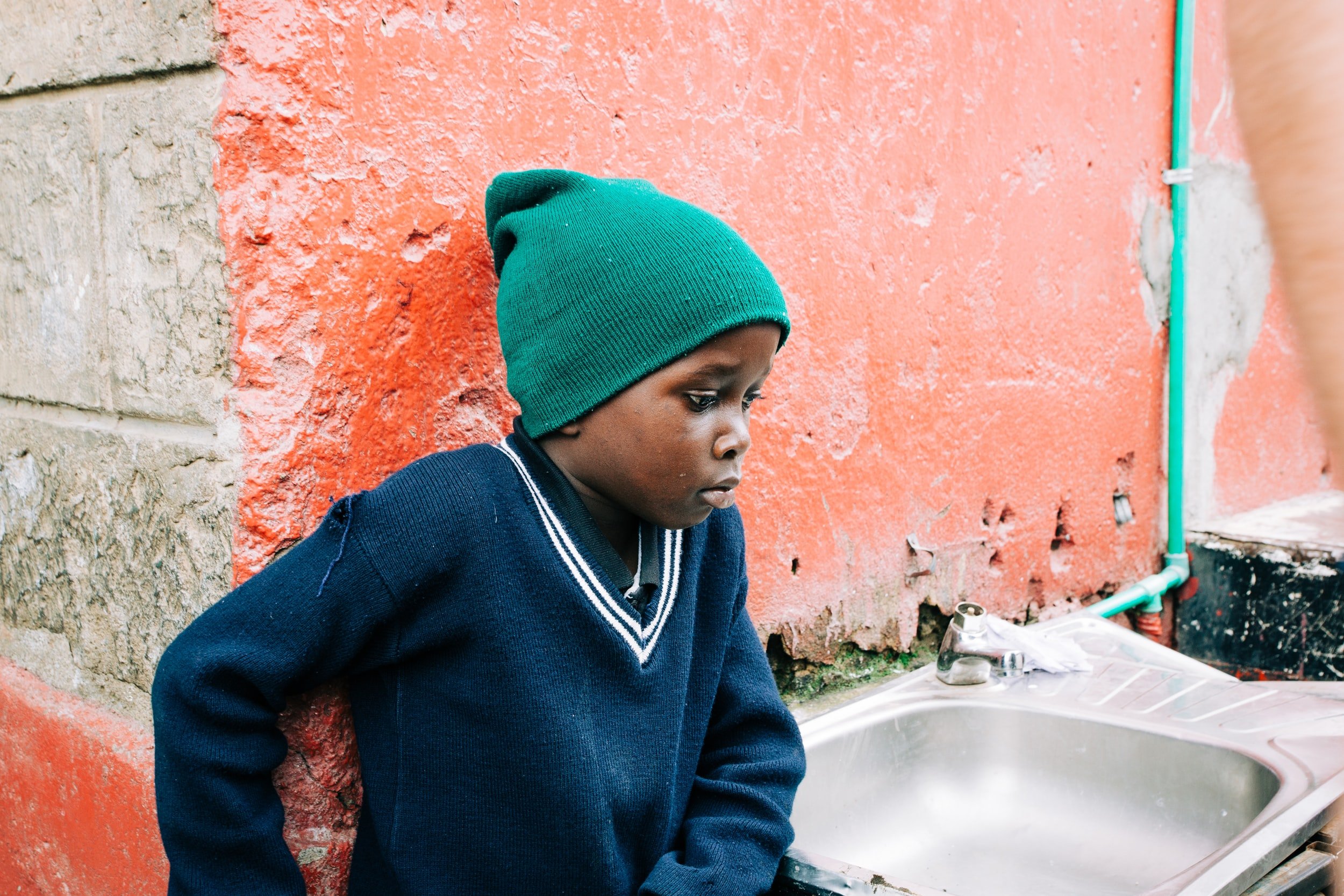
Amel Counseling Blog

Anxiety in Children

Child Therapy FAQ

Does My Child Have Seasonal Affective Disorder?

A Therapist Shares 7 Activities to Get You in The Holiday Spirit

A Therapist Shares Winter Vacation Spots in PA

A Family Therapist Shares 18 Winter Family Bonding Activities

How to Manage Social Anxiety During Holiday Gatherings

3 Tips For Managing Kids' Screen Time

Play Therapy for Teens?

Mental Health Days: Escapes or Breaks?

7 Causes of Behavioral Problems in Children

Tips to Reduce Bedtime Battles

